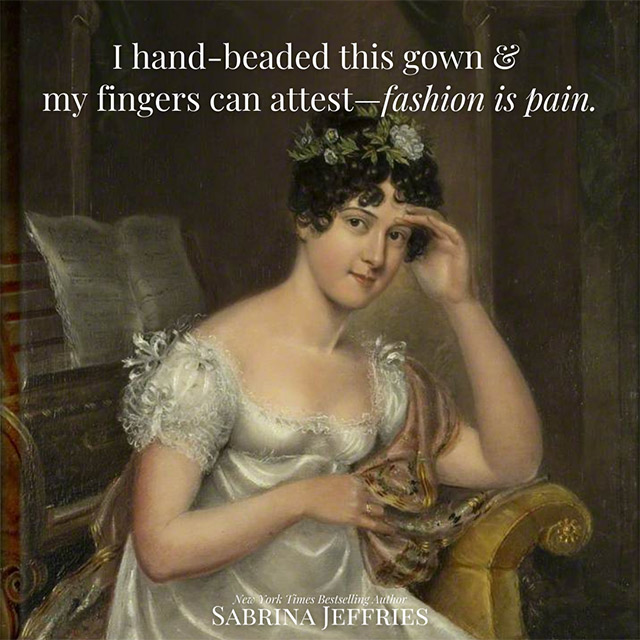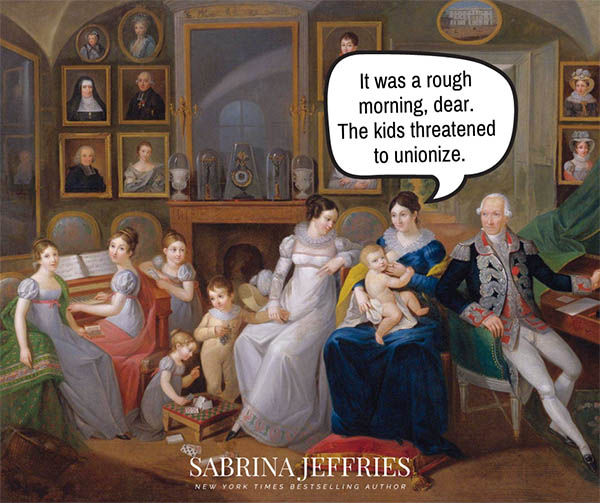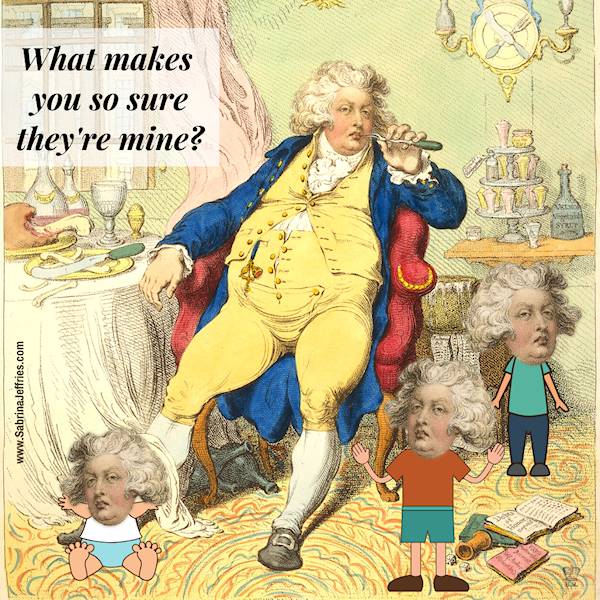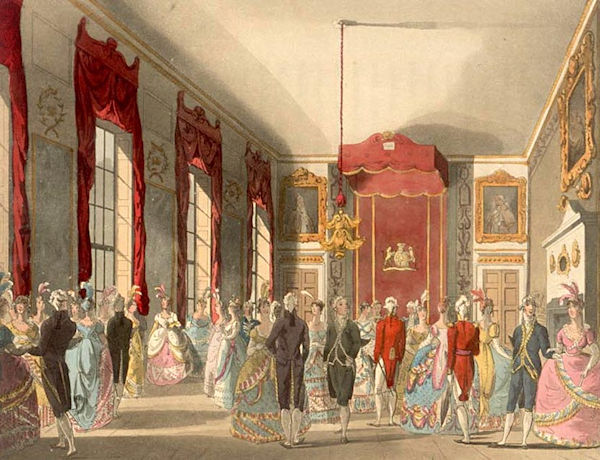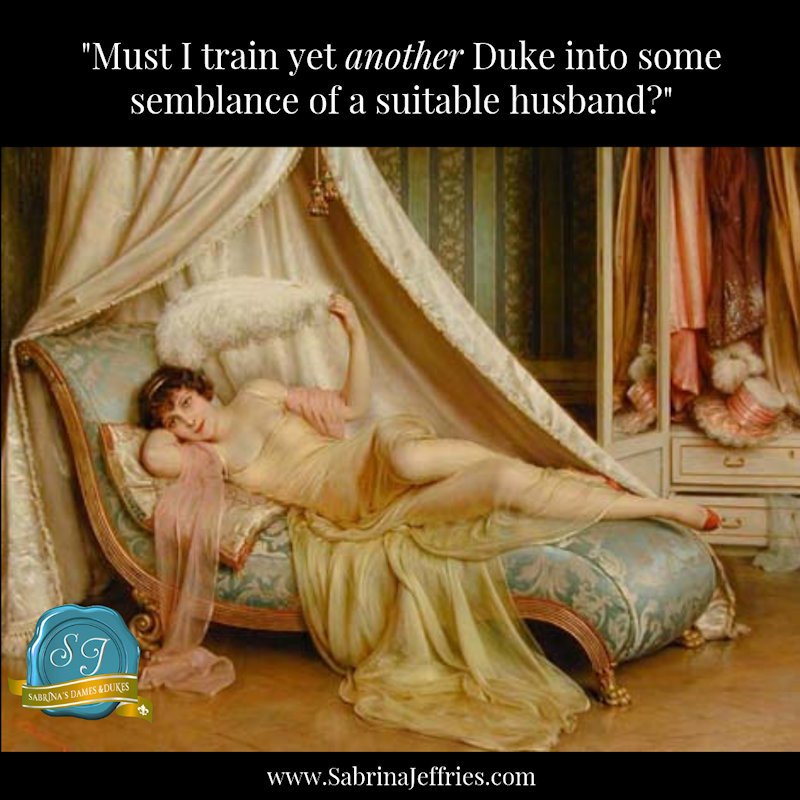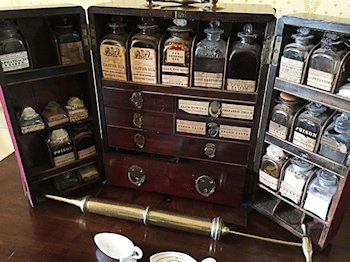Origin of Names
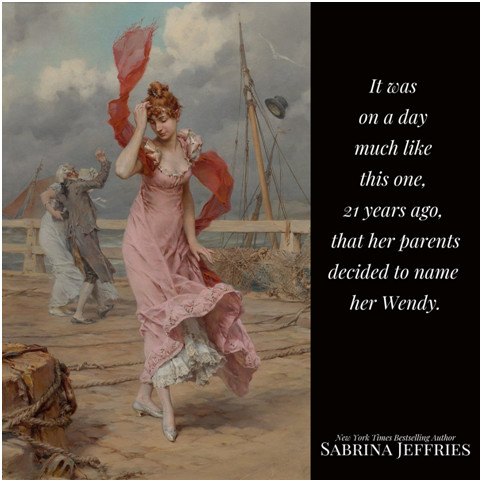
One question I get asked a lot is where I get the names for my characters. Mostly, I get them from a book: The Oxford Dictionary of English Christian Names (Christian names are first names, the name given at the baby’s baptism/christening). I consider myself fortunate to have been able to buy a copy years ago, since it’s now been long out of print. In addition to telling the origin and meaning of the name, it gives the periods when the name was popular and makes it clear when a name didn’t come into being until later.
But I also use the book to check a name’s suitability after I’ve picked a name for some other reason. For example, in Thorn and Ophelia’s story, I picked Mr. Juncker’s name from a Danish girlfriend I had in graduate school named Juncker. I wanted it to be German-sounding, and Juncker originated as a German surname. I also have a tendency to use Shakespearean names since I like Shakespeare’s works. Sometimes, a name just leaps into my head, and I use that one. But before I make it permanent, I always check for it in—you guessed it—The Oxford Dictionary of English Christian Names!


